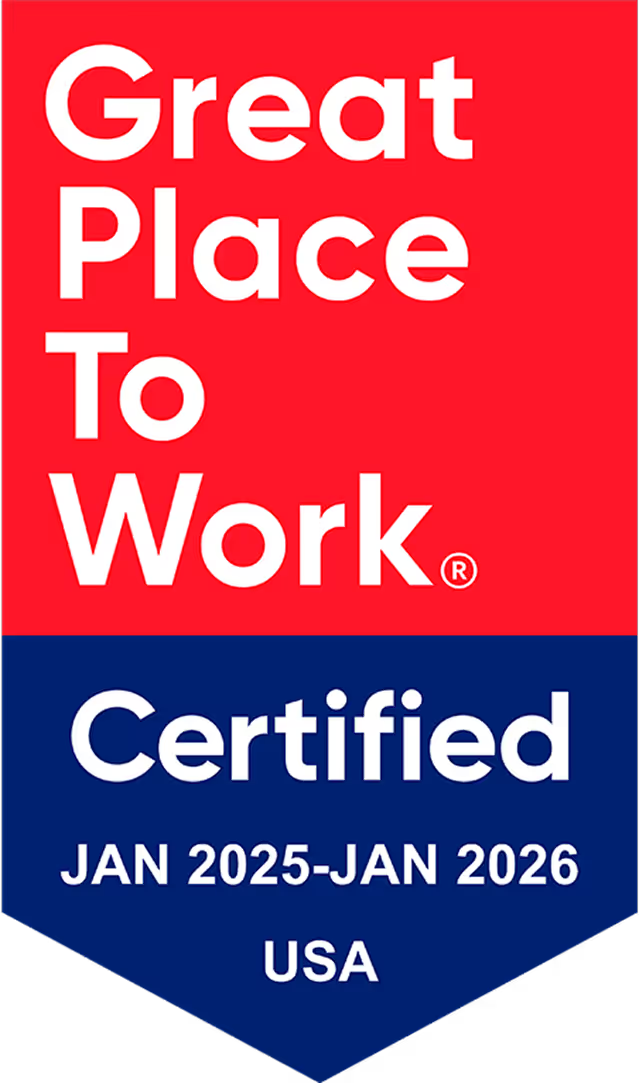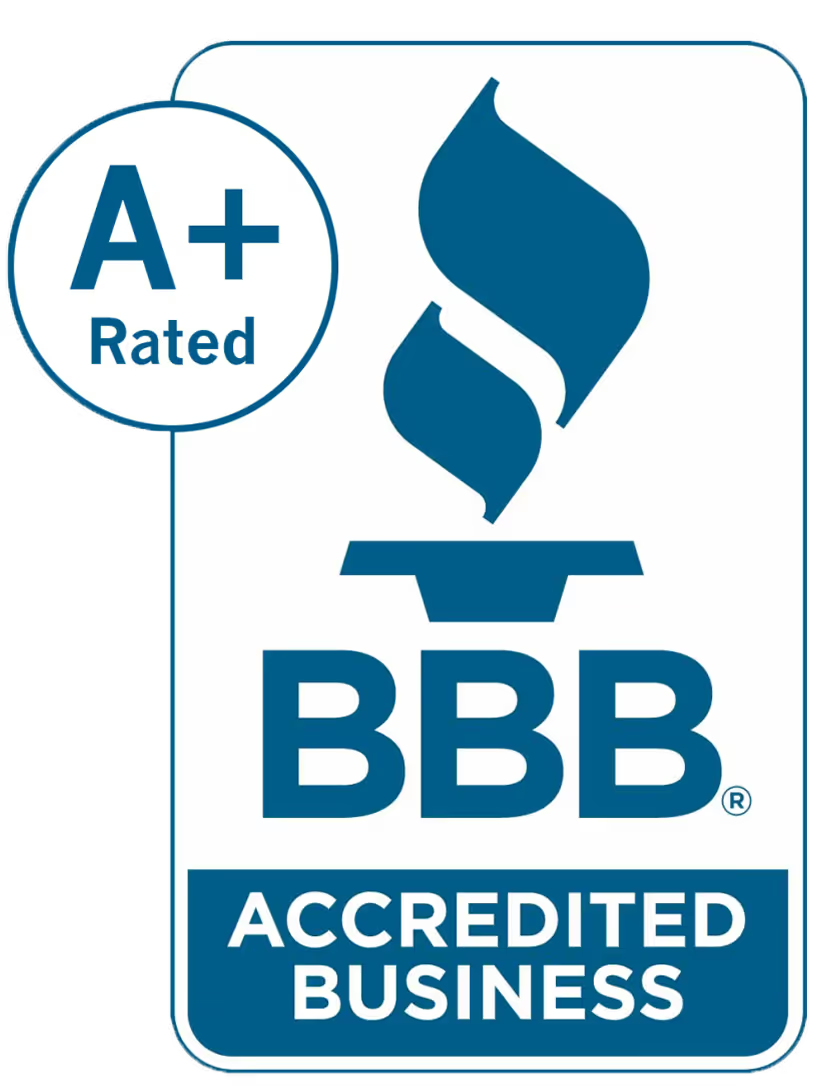Neighborhood Association vs. HOA: A Guide for Boards
If you’ve ever heard the terms “neighborhood association” and “HOA” tossed around like they’re interchangeable, you’re not alone. At first glance, they might seem like two sides of the same coin—after all, both are made up of neighbors who care about their community. They plan meetings, send newsletters, and maybe even throw the occasional BBQ.
But look a little closer, and the differences are more than just semantics. The key distinctions come down to legal authority, decision-making power, and the way things get done in the community.
So whether you’re serving on a board, considering forming a homeowners association (HOA), or just curious about how your community functions, this guide is for you. Let’s dive in and break down the differences between a neighborhood association and an HOA, how they operate, and how to decide what’s best for your community.
Neighborhood Association vs. HOA: Key Differences
Let’s start with the basics.
At a glance, both neighborhood associations and HOAs are made up of community members working to improve their neighborhood. They hold community meetings, communicate with residents, and encourage homeowner involvement.
But here’s where things start to diverge:
- Neighborhood Associations are usually informal, voluntary groups. They’re all about building community spirit—hosting events, organizing clean-up days, and keeping neighbors connected. They can’t enforce rules or require dues.
- Homeowners associations, on the other hand, have legal authority. They enforce community rules (like architectural guidelines and maintenance standards), collect mandatory assessments, and manage shared amenities like parks, pools, and clubhouses.
Understanding these differences is crucial for any board—because each type of organization comes with its own responsibilities, expectations, and challenges.
What Is a Neighborhood Association?
Structure and Purpose of a Neighborhood Association
A neighborhood association is typically a voluntary, informal group of residents who care about fostering a sense of community. These associations don’t have the legal muscle that an HOA does. They can’t require homeowners to join, enforce rules, or collect dues. Instead, they focus on creating connections and advocating for neighborhood improvements.
Neighborhood associations often form when residents want to:
- Improve communication between neighbors
- Organize community events
- Address common concerns, like safety or traffic issues
- Advocate with the city for things like street repairs or park upgrades
They’re about grassroots action, not governance.

Common Activities and Initiatives of Neighborhood Associations
Neighborhood associations shine when it comes to bringing people together. Typical activities might include:
- Hosting block parties, potlucks, and holiday events
- Organizing neighborhood watch programs
- Creating newsletters or social media groups for information sharing
- Coordinating clean-up days or landscaping projects
- Advocating for local issues with city officials
In short, neighborhood associations are the heart of the community’s social life—but they don’t have the authority to enforce rules or collect mandatory dues.
What Is a Homeowners Association (HOA)?
Structure and Purpose of an HOA
An HOA is a formal, legal entity, usually created by a developer when a community is built. It’s governed by a set of documents—like the Covenants, Conditions, and Restrictions (CC&Rs), bylaws, and articles of incorporation—that outline its powers and responsibilities.
An HOA has a board of directors elected by the homeowners. This board is responsible for managing the association’s business, enforcing rules, and ensuring the community runs smoothly.
Unlike a neighborhood association, an HOA has legal authority. It can:
- Create and enforce rules
- Collect mandatory dues
- Fine homeowners for violations
- Manage and maintain shared amenities
- Hire vendors and contractors
- Handle the community’s financials
Common Responsibilities and Services of an HOA
An HOA’s duties and services typically include:
- Maintaining common areas like parks, pools, and clubhouses
- Managing landscaping and exterior maintenance for shared spaces
- Enforcing architectural guidelines and community rules
- Collecting assessments and managing the budget
- Handling legal compliance and risk management
- Overseeing vendor contracts and community projects
- Communicating with homeowners
.jpg)
An HOA is part property manager, part compliance officer, part event planner—and it often partners with a professional HOA management company to help handle the workload.
Legal Authority: Neighborhood Association vs. HOA
Here’s where the differences really matter.
- Neighborhood Associations have no legal authority. They can’t enforce rules, require dues, or take legal action against homeowners. Their power comes from persuasion, relationships, and voluntary community participation.
- HOAs have legal power—granted by the CC&Rs and state laws. They can enforce rules, collect mandatory dues, place liens on properties for non-payment, and even pursue legal action when necessary.
For boards, understanding these legal differences is essential. An HOA board has real governance responsibilities, while a neighborhood association board is more about community engagement and advocacy.
Funding and Dues: How They Differ
Funding for a Neighborhood Association
Neighborhood associations rely on voluntary contributions, fundraising, and sponsorships. Budgets are often modest, and projects depend on how much residents are willing to give. This can make it challenging to fund large development initiatives or cover unexpected expenses.
Funding for an HOA
HOAs operate on mandatory assessments. Homeowners are legally required to pay dues, which fund everything from landscaping and maintenance to reserves for future repairs.
The HOA board is responsible for setting the budget, determining assessment amounts, and ensuring the association’s financial health. This steady stream of funding allows HOAs to manage long-term projects and maintain community standards.
Community Engagement: The Role of Boards in Both Organizations
Board Structure and Responsibilities in a Neighborhood Association
Neighborhood association boards are typically informal. They might have a president, vice president, and treasurer, but the structure is flexible. Their focus is on fostering engagement, organizing events, and representing the community’s interests.
They’re not responsible for enforcing rules or managing finances in the same way an HOA board is. Their success depends on participation and collaboration with community residents.
Board Structure and Responsibilities in an HOA
An HOA board is a formal governing body, with specific roles defined in the bylaws. Board members have fiduciary duties and legal obligations to the homeowners they serve. Their responsibilities include:
- Setting policies and rules
- Managing the budget and reserves
- Hiring vendors
- Overseeing maintenance and repairs
- Enforcing CC&Rs
It’s a big job—and one that often benefits from the support of a management company to handle day-to-day operations, vendor management, and financial reporting.
When Should a Neighborhood Association Transition to an HOA?
Sometimes, a neighborhood starts as a simple, informal group—and as the community grows, so do the needs. If your neighborhood is taking on more responsibility (like maintaining common areas or managing amenities), or you’re facing challenges that can’t be addressed without legal authority (like enforcing rules or collecting dues), it may be time to consider forming an HOA.
Key signs it’s time to transition:
- The community has shared amenities that require maintenance
- There’s a need for enforceable rules and architectural standards
- Volunteers are overwhelmed by the workload
- Homeowners are asking for more structure and accountability
Forming an HOA is a big step, and it requires legal and organizational planning—but it can provide the framework needed to protect property values and manage a growing community.
Which Structure Is Right for Your Community?
Both neighborhood associations and HOAs play an important role in building strong, connected communities—but they serve different purposes.
- A neighborhood association is ideal for communities that want to foster relationships, host events, and advocate for improvements without enforcing rules or collecting dues.
- An HOA is essential when a community has shared amenities, needs enforceable rules, and requires consistent funding through assessments.
For boards, understanding these differences helps you choose the right structure for your community—and when the workload becomes too much, partnering with a professional community management company can make all the difference.
Ready to strengthen your HOA’s leadership and operations? Action Property Management is here to help.
Contact us today to schedule a free consultation—or dive deeper with our HOA Podcast Series to keep learning.
Check out our podcast library
Check out podcast









.svg)









